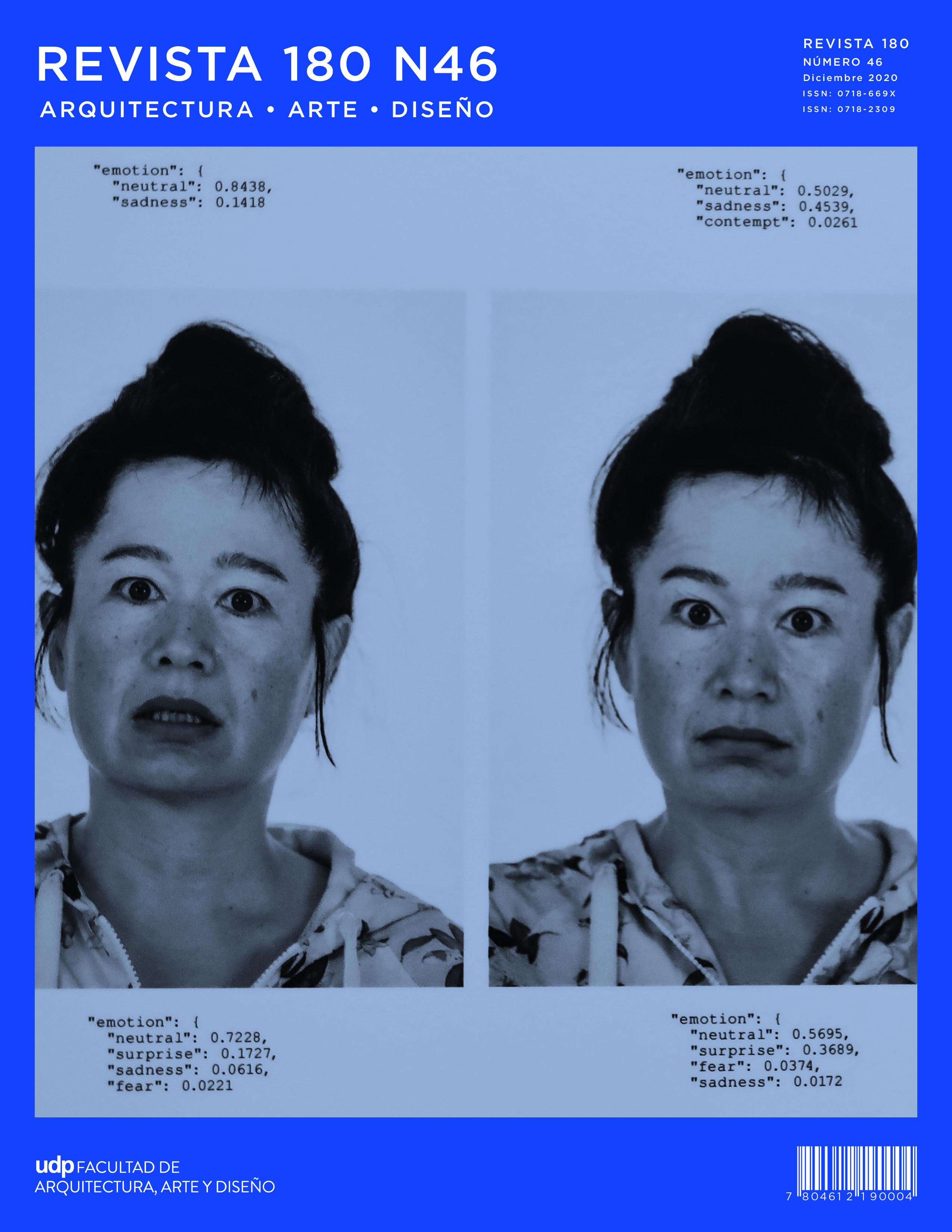The aesthetics of error in contemporary graphic design: Connections between glitch, postdigital culture and New Ugly
Published 2020-12-29
Keywords
- aesthetics,
- glitch,
- graphic design,
- New Ugly,
- postdigital culture
How to Cite
Abstract
The current landscape of visual communication observes an increasing number of peculiar practices whose aesthetic orientation is based on imperfection as the essential element. In this context, the research seeks to reveal the presence of error in contemporary graphic design, specifically, through the analysis of two main directions (whose relationship it tries to prove): on one hand, postdigital culture and two of its ramifications (the postinternet universe and the New Aesthetic), concepts that have been studied almost exclusively in the art field to describe the invasion of digital and technological elements, the fusion of the physical and virtual worlds or an environment defined by the progressive loss of seduction by Internet; and, on the other hand, the New Ugly, an eclectic graphic design movement based on the amateur simulation as its main differential feature. Through bibliographic review as the main method, supported by an intentional, non-probabilistic sampling of images belonging to graphic design projects to justify the relationship of the mentioned approaches, the conclusionsrefer to an important presence of digital error in the graphic design nowadays and the connection between New Ugly and postdigital culture through glitch as the aesthetic link.

